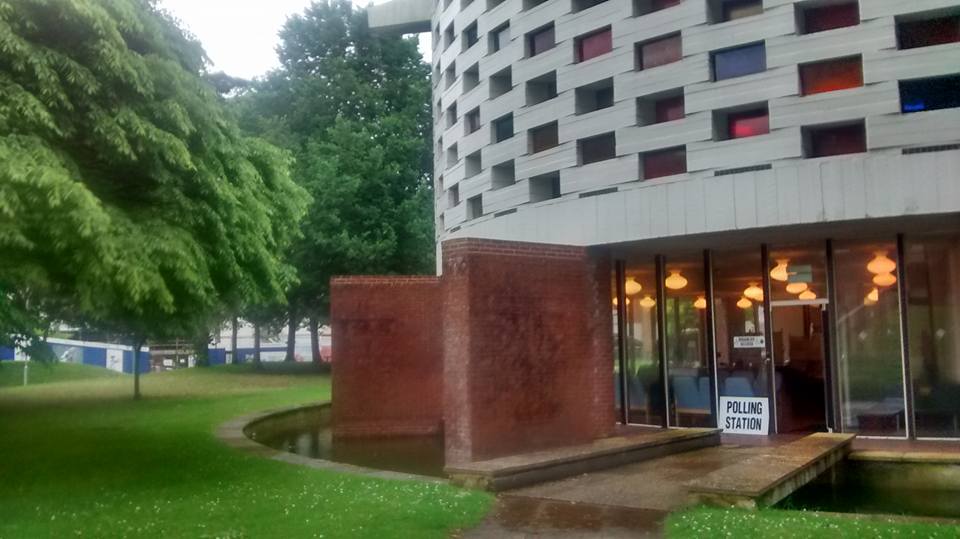It is Monday. I have recently had my hair cut – it was at Bluetit and it was expensive, a birthday present. It is a new seminar group, this being a new term, so for some reason I have made an effort with both moisturiser and mascara. Striding down Buckingham Place with my new haircut, I recall a childish sensation of feeling what it is to be a “woman”.
When I say “woman”, I don’t mean to suggest that I feel feminine, but rather, that I have transcended some kind of imaginary boundary between “girlhood” and “womanhood”. Of course, I don’t truly believe in this divide; this was a silly concept constructed by me and my friends at school. “Girlhood”, to us at that time, reeked of Impulse and Caramel Frappuccino’s, while “womanhood” was reserved for those who shopped at Cos and sent important e-mails on their lunch breaks.
Once, in a moment of youthful self-reflection, I even composed a checklist of all the qualities I would need to become “woman”. At that point, “woman” to me was the possibility of reaching 5’ 8”; Carrie Bradshaw smoking a cigarette down Fifth Avenue; ladies in patent shoes applying lipstick on the train.
In other words, exactly the kind of banal trivialities that you might expect from a 12-year-old girl without any siblings.
The obvious fact is that being “woman” has nothing to do with mascara, important e-mails, or even a haircut, and most importantly, as I have previously mentioned, it has nothing to do with being feminine. I finally learnt this after reading Simone de Beauvoir’s The Second Sex, a work that helped me understand the terror I felt when my flesh physically transformed into the biological representation of “woman”.
Yet, having never surpassed 5’2, let alone 5’8, and having barely aged past my 12-year-old self, I am yet to feel the spiritual change between “girl” and “woman”, even at the age of 23.
To my friends who are taller, or appear older, or perhaps exude a more mature impression, I notice that the world around them reacts differently than it does to me. At a pub or restaurant for example, their transaction is always smooth. For me on the other hand, I am often asked patronisingly for identification.
However, this is not an issue about looking old enough to order a beer. It is more of a feeling; a delicate sense of how I am perceived by others. Trivial and understandable mistakes I make often inspire a patronising lecture, or I am told that I am “cute” rather than the opposing “sexy”, and I sometimes fear that there is an overwhelming sense of silliness attached to my character.
Of course, in a world in which day-to-day and extreme sexism is still rife, being treated like a child is the least of anybody’s worries, including my own. But it makes me wonder whether there is a kind of unsaid divide between “girl” and “woman”, and how that divide is calculated by the casual bystander.
I recently read an article that told me that part of being an adult meant not having more than five striped tops. I of course went straight to my wardrobe and counted eleven striped T-shirts and two jumpers. To many, I imagine “woman” is a status that comes much later, after the twenties, or even thirties of a woman’s life and has nothing to do with striped tops.
More likely is that my understanding of the world is perhaps slightly marred by paranoia acquired from looking younger than most of my peers. Yet, every time I sense a patronising tone from a stranger, I feel the urge to announce my status as a “grown woman”, even if such a status perhaps is purely an imaginary social construct.




